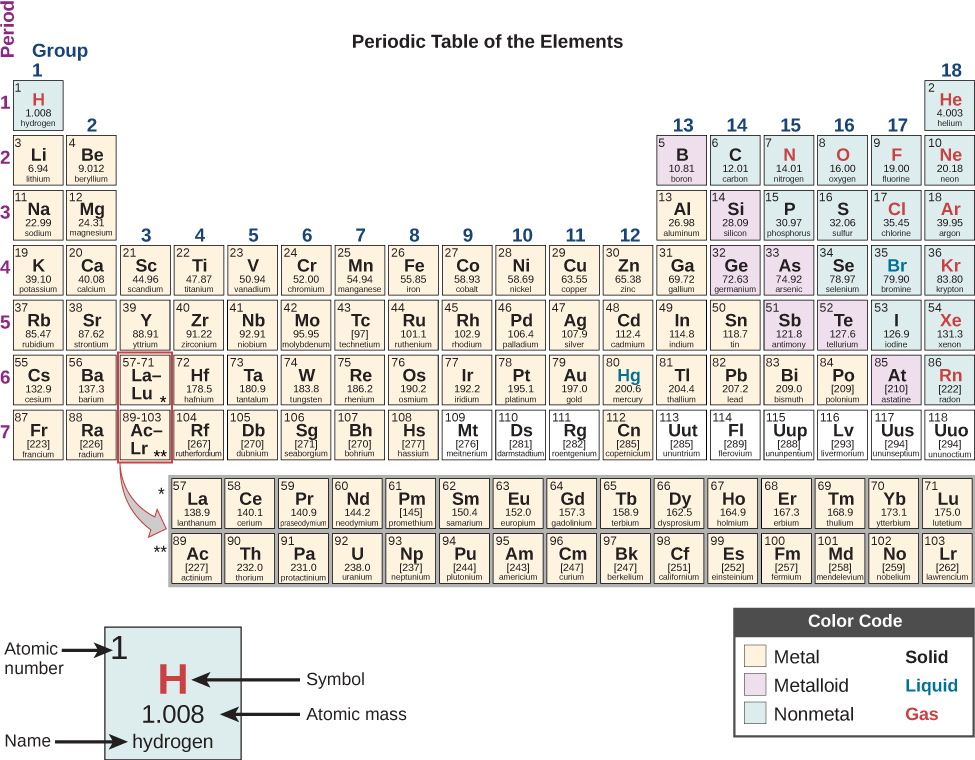-
Home
- University physics volume 3
- University physics volume 3
- Chemistry
Questions & Answers
If auger is pair are the roots of equation x2+5x-3=0
Wayne and Dennis like to ride the bike path from Riverside Park to the beach. Dennis’s speed is seven miles per hour faster than Wayne’s speed, so it takes Wayne 2 hours to ride to the beach while it takes Dennis 1.5 hours for the ride. Find the speed of both bikers.
from theory: distance [miles] = speed [mph] × time [hours]
info #1
speed_Dennis × 1.5 = speed_Wayne × 2
=> speed_Wayne = 0.75 × speed_Dennis (i)
info #2
speed_Dennis = speed_Wayne + 7 [mph] (ii)
use (i) in (ii) => [...]
speed_Dennis = 28 mph
speed_Wayne = 21 mph
George
Let W be Wayne's speed in miles per hour and D be Dennis's speed in miles per hour. We know that W + 7 = D and W * 2 = D * 1.5.
Substituting the first equation into the second:
W * 2 = (W + 7) * 1.5
W * 2 = W * 1.5 + 7 * 1.5
0.5 * W = 7 * 1.5
W = 7 * 3 or 21
W is 21
D = W + 7
D = 21 + 7
D = 28
Salma
Devon is 32 32 years older than his son, Milan. The sum of both their ages is 54 54. Using the variables d d and m m to represent the ages of Devon and Milan, respectively, write a system of equations to describe this situation. Enter the equations below, separated by a comma.
find product (-6m+6) ( 3m²+4m-3)
what is the solution
bill
how did you arrive at this answer?
bill
i really want to learn
Amira
I only got 42 the rest i don't know how to solve it. Please i need help from anyone to help me improve my solving mathematics please
Amira
Hw did u arrive to this answer.
Aphelele
-6m(3mA²+4m-3)+6(3mA²+4m-3)
=-18m²A²-24m²+18m+18mA²+24m-18
Rearrange like items
-18m²A²-24m²+42m+18A²-18
Salma
complete the table of valuesfor each given equatio then graph.
1.x+2y=3
given that (7x-5):(2+4x)=8:7find the value of x
Nandala
please why isn't that the 0is in ten thousand place
please why is it that the 0is in the place of ten thousand
Grace
Send the example to me here and let me see
Stephen
A meditation garden is in the shape of a right triangle, with one leg 7 feet. The length of the hypotenuse is one more than the length of one of the other legs. Find the lengths of the hypotenuse and the other leg
state in which quadrant or on which axis each of the following angles given measure. in standard position would lie 89°
I am eliacin, I need your help in maths
Rood
hmm can we speak here?
Amoon
however, may I ask you some questions about Algarba?
Amoon
what the last part of the problem mean?
Roger
The Jones family took a 15 mile canoe ride down the Indian River in three hours. After lunch, the return trip back up the river took five hours. Find the rate, in mph, of the canoe in still water and the rate of the current.
Shakir works at a computer store. His weekly pay will be either a fixed amount, $925, or $500 plus 12% of his total sales. How much should his total sales be for his variable pay option to exceed the fixed amount of $925.
I'm guessing, but it's somewhere around $4335.00 I think
Lewis
12% of sales will need to exceed 925 - 500, or 425 to exceed fixed amount option. What amount of sales does that equal? 425 ÷ (12÷100) = 3541.67. So the answer is sales greater than 3541.67.
Check:
Sales = 3542
Commission 12%=425.04
Pay = 500 + 425.04 = 925.04.
925.04 > 925.00
Munster
difference between rational and irrational numbers
When traveling to Great Britain, Bethany exchanged $602 US dollars into £515 British pounds. How many pounds did she receive for each US dollar?
how to reduced echelon form
Jazmine trained for 3 hours on Saturday. She ran 8 miles and then biked 24 miles. Her biking speed is 4 mph faster than her running speed. What is her running speed?
d=r×t
the equation would be 8/r+24/r+4=3
worked out
Sheirtina
Got questions? Join the online conversation and get instant answers!
Source:
OpenStax, University physics volume 3. OpenStax CNX. Nov 04, 2016 Download for free at http://cnx.org/content/col12067/1.4
Google Play and the Google Play logo are trademarks of Google Inc.

